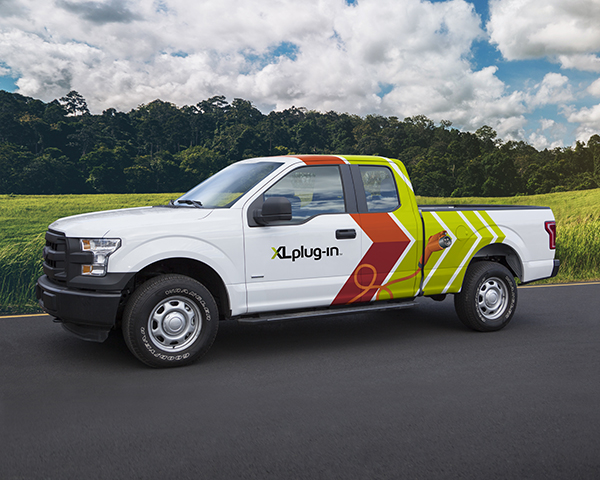A new report charges that a U.S. Department of Defense (DOD) task force spent an “exorbitant” amount of money – nearly $43 million – on an “ill conceived” compressed natural gas (CNG) station project in Afghanistan.
The Special Inspector General for Afghanistan Reconstruction (SIGAR), which Congress established to provide oversight of reconstruction projects and activities in Afghanistan, released the report as part of a larger review of the Task Force for Stability and Business Operations’ (TFBSO) activities and spending.
According to the report, the TFBSO launched the Downstream Gas Utilization project as a way to help lessen Afghanistan’s reliance on exported gasoline and take advantage of the country’s natural gas reserves. The project included the construction and operation of a CNG station in the city of Sheberghan in order to demonstrate the commercial viability, as well as promote the use, of CNG in the country. The CNG station went online in May 2014.
The report says TFBSO initially awarded an almost $3 million construction contract for the station in August 2011, yet the task force eventually spent $42,718,739 between then and 2014 to fund the construction and to supervise the initial operation of the station – that total includes about $12.3 million in direct costs and $30 million in “overhead costs.”
“Even considering security costs associated with construction and operation in Afghanistan, this level of expenditure appears gratuitous and extreme,” the report says.
In fact, the report claims that the $43 million total price tag “far exceeds” the estimated cost of CNG stations elsewhere. For example, the report says a CNG station in neighboring Pakistan costs no more than $500,000 to construct.
“In short, at $43 million, the TFBSO filling station cost 140 times as much as a CNG station in Pakistan,” the report says.
SIGAR further claims that it was unable to find any evidence that TFBSO considered potential obstacles to the CNG station’s success before initiating the project.
In addition, SIGAR says that the DOD has yet to provide documentation explaining exactly why the Afghanistan project cost so much. The report cites a June letter from a DOD official saying that, because the TFBSO was dissolved in March 2015, the agency “no longer possess[es] the personnel expertise to address these questions or to assess properly the TFBSO information and documentation.”
In a letter to Defense Secretary Ashton Carter, Special Inspector General John F. Sopko says, “Frankly, I find it both shocking and incredible that DOD asserts that it no longer has any knowledge about TFBSO, an $800 million program that reported directly to the Office of the Secretary of Defense and only shut down a little over six months ago.
“Nevertheless, I intend to continue our inquiry into TFBSO activities to shed additional light on how this program operated, what it achieved, how this enormous amount of money was spent, and whether any conduct by TFBSO staff or contractors was criminal in nature.”
It should be noted, however, that the DOD has stated it is “fully prepared” to provide SIGAR with access to documents and officials related to a review of TFBSO activities – though SIGAR argues those are repeated “vague promises.”
Apparently, Sopko isn’t the only one upset about the CNG station. Following the release of the SIGAR report, U.S. Sen. Claire McCaskill, D-Mo., has slammed what she calls an “outrageous, wasteful” project.
“There are few things in this job that literally make my jaw drop,” says McCaskill, a senior member of the Armed Services Committee. “But of all the examples of wasteful projects in Iraq and Afghanistan that the Pentagon began prior to our wartime contracting reforms, this genuinely shocked me. It’s hard to imagine a more outrageous waste of money than building an alternative fuel station in a war-torn country that costs 8,000 percent more than it should.”
McCaskill has penned a letter of her own to Carter, demanding the Pentagon provide a full accounting of the project.
The full SIGAR report is available here.
Photo: A picture of the TFBSO CNG station provided in the SIGAR report, which cites the Central Asia Development Group as the photo’s source.








How many pockets were lined? This couldn’t possibly have happened without top officials knowledge and signing off to release the funds.